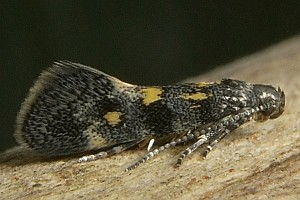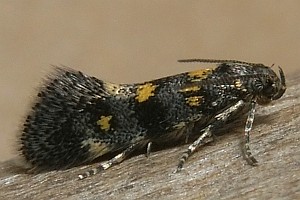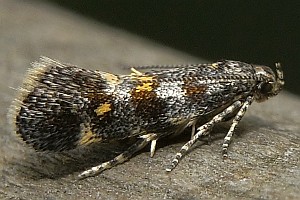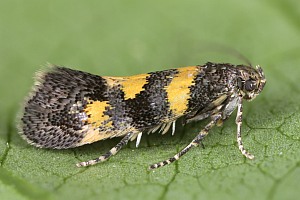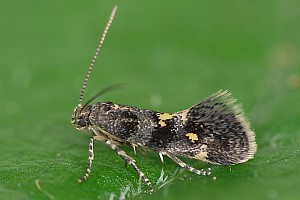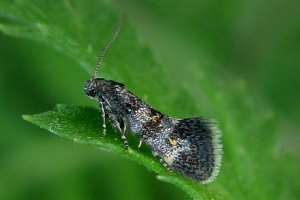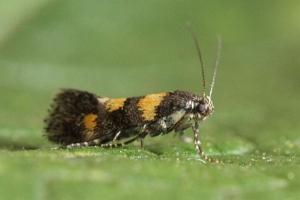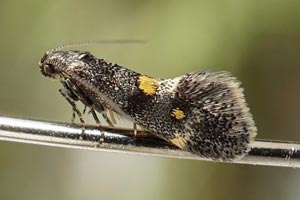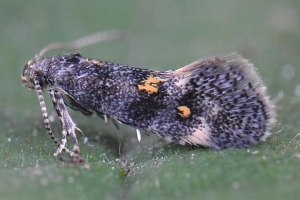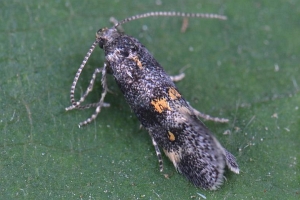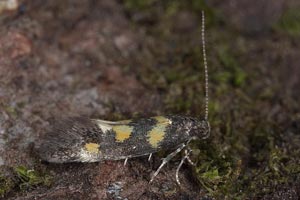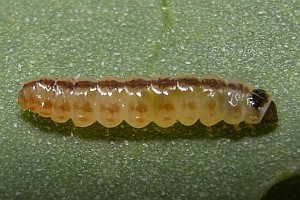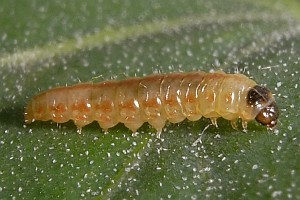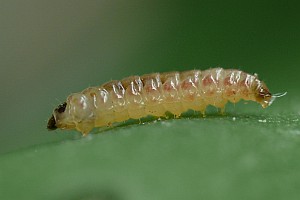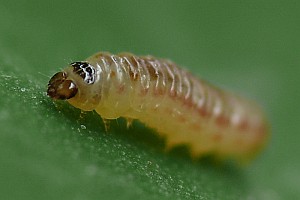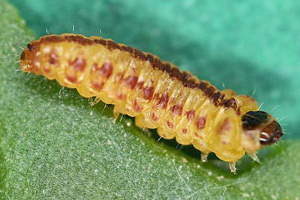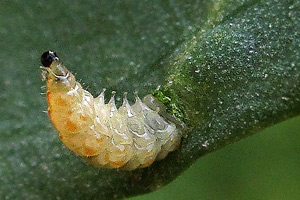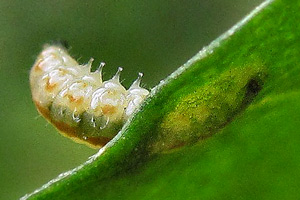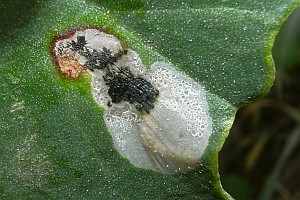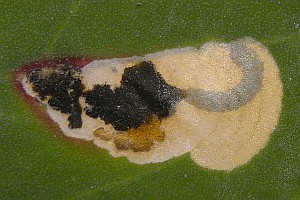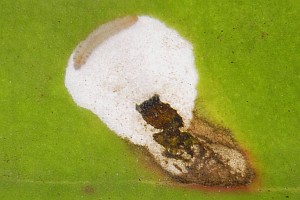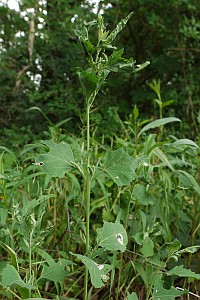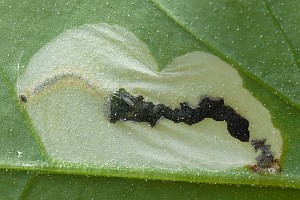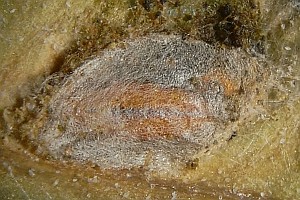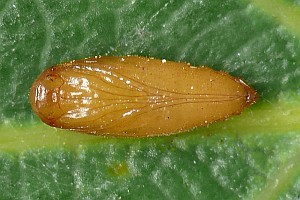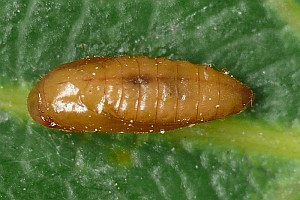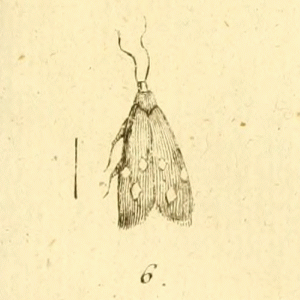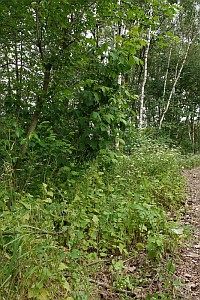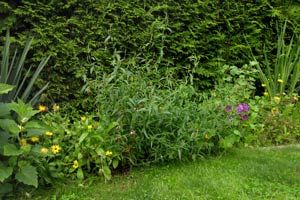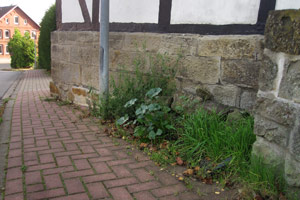

 +39Kontinente:EUAS
+39Kontinente:EUAS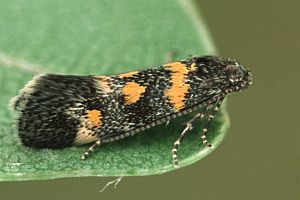
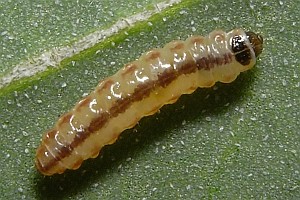
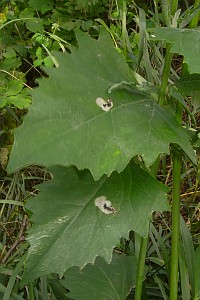
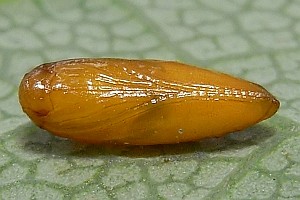
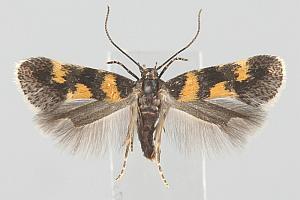
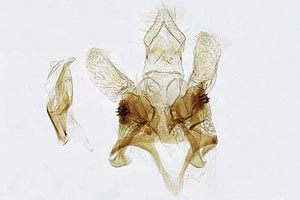
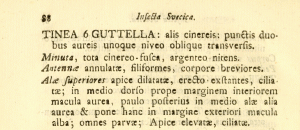
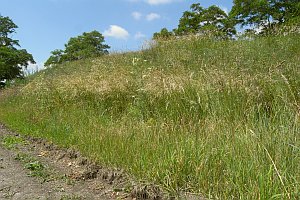
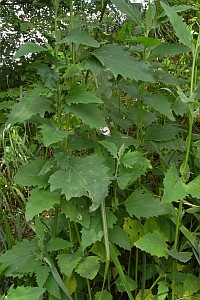
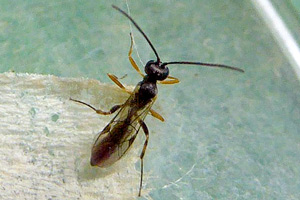
1. Lebendfotos
1.1. Falter
1.2. Raupe
1.3. Fraßspuren und Befallsbild
1.4. Puppe
2. Diagnose
2.1. Männchen
2.2. Genitalien
2.2.1. Männchen
2.3. Erstbeschreibung
3. Biologie
3.1. Habitat
3.2. Raupennahrungspflanzen
3.3. Nahrung der Raupe
- [Amaranthaceae: Chenopodioideae:] Atriplex oblongifolia (Langblatt-Melde)
- [Amaranthaceae: Chenopodioideae:] Atriplex sagittata [= Atriplex nitens] (Glanz-Melde)
- [Amaranthaceae: Chenopodioideae:] Atriplex patula (Spreizende Melde, Spreiz-Melde)
- [Amaranthaceae: Chenopodioideae:] Atriplex prostrata (Spieß-Melde)
- [Amaranthaceae: Chenopodioideae:] Atriplex calotheca ? (Pfeilblättrige Melde ?)
- [Amaranthaceae: Chenopodioideae:] Atriplex hortensis ? (Garten-Melde ?)
- [Amaranthaceae: Chenopodioideae:] Atriplex littoralis ? (Strand-Melde ?)
- [Amaranthaceae: Chenopodioideae:] Atriplex sibirica ? (Sibirische Melde ?)
- [Amaranthaceae: Chenopodioideae:] Atriplex tatarica ? (Tataren-Melde ?)
- [Amaranthaceae: Chenopodioideae:] Chenopodium album (Weißer Gänsefuß)
- [Amaranthaceae: Chenopodioideae:] Chenopodium giganteum ? (Baumspinat ?)
- [Amaranthaceae: Chenopodioideae:] Chenopodium opulifolium ? (Schneeballblättriger Gänsefuß ?)
- [Amaranthaceae: Chenopodioideae:] Chenopodium vulvaria ? (Stinkender Gänsefuß ?)
- [Amaranthaceae: Chenopodioideae:] Chenopodium quinoa ? (Quinoa, Reisspinat ?)
- [Amaranthaceae: Chenopodioideae:] Chenopodium sp. (Gänsefuß)
- [Amaranthaceae: Chenopodioideae:] Blitum bonus-henricus ? [= Chenopodium bonus-henricus ?] (Guter Heinrich ?)
- [Amaranthaceae: Chenopodioideae:] Chenopodiastrum hybridum ? [= Chenopodium hybridum ?] (Bastard-Gänsefuß, Unechter Gänsefuß ?)
- [Amaranthaceae: Chenopodioideae:] Chenopodiastrum murale ? [= Chenopodium murale ?] (Mauer-Gänsefuß ?)
- [Amaranthaceae: Chenopodioideae:] Oxybasis glauca ? [= Chenopodium glaucum ?] (Graugrüner Gänsefuß ?)
- [Amaranthaceae: Chenopodioideae:] Oxybasis urbica ? [= Chenopodium urbicum ?] (Straßen-Gänsefuß ?)
- [Amaranthaceae: Chenopodioideae:] Lipandra polysperma ? [= Chenopodium polyspermum ?] (Vielsamiger Gänsefuß ?)
- [Amaranthaceae: Chenopodioideae:] Halimione portulacoides (Portulak-Keilmelde, Strand-Salzmelde)
- [Amaranthaceae: Chenopodioideae:] Spinacia oleracea ? (Garten-Spinat ?)
- [Amaranthaceae: Amaranthoideae:] Amaranthus blitum ? (Aufsteigender Fuchsschwanz ?)
- [Amaranthaceae: Amaranthoideae:] Amaranthus caudatus ? (Garten-Fuchsschwanz ?)
- [Amaranthaceae: Camphorosmoideae:] Bassia scoparia ? [= Kochia scoparia, Salsola scoparia, Atriplex scoparia, Chenopodium scoparium] (Besen-Radmelde ?)
Kaltenbach (1856: 252) berichtete: "Gelechia naeviferella ( = strigella?), eine kleine Minirraupe, weidet nach Zellers brieflicher Mittheilung und eigener Beobachtung rundliche weissfleckige Plätze in den Blättern von Chenopodium album und Atriplex hastata auch aus. Sie ist 2''' lang, kahl, blassgelb mit schwarzem Kopf und Nackenschild und 3 rothen, unterbrochenen Längsstreifen. Sie verwandelt sich in der Erde oder klebt ihre dich ten Cocon’s an Reiser und dürres Laub; die Motte fliegt 2mal: im August und Oktober." Mit "Atriplex hastata" war hier fast sicher Atriplex prostrata gemeint.
Schütze (1931) schreibt zur Raupe knapp: "In weißen Platzminen, oft mehrere in einem Blatt, an Chenopodium und Atriplex in zwei Generationen. Verwandlung in einem Kokon an der Erde."
Atriplex oblongifolia, Atriplex sagittata und Chenopodium album sind durch Beobachtungen unserer Lepiforums-Melder abgesichert.
[bladmineerders.nl (abgefragt 2. März 2020)] zeigt Fraßbilder an Chenopodium album und Halimione portulacoides und trägt zusammen: "Amaranthus blitum, caudatus; Atriplex calotheca, hortensis, littoralis, patula, prostrata, sagittata, sibirica, tatarica; Bassia scoparia; Chenopodium album, bonus-henricus, giganteum, glaucum, hybridum, murale, opulifolium, quinoa, urbicum, vulvaria; Halimione portulacoides; Lipandra polysperma; Spinacia." Wie viele dieser Sekundärmeldungen tatsächlich auf konkreten Freiland-Beobachtungen beruhen, ist unklar. Vermutlich werden aber tatsächlich alle genutzt.
(Autor: Erwin Rennwald)
3.4. Parasitoide
4. Weitere Informationen
4.1. Abweichende Schreibweisen
- Chrysoestia sexguttella auct.
4.2. Andere Kombinationen
- Tinea sexguttella Thunberg, 1794 [Originalkombination]
4.3. Synonyme
- Chrysoesthia stipella auct.
- Chrysoestia stipella auct.
- Microsetia aurofasciella Stephens, 1834
- Chrysoesthia naeviferella (Duponchel, 1843)
- Tinea stipella Hübner, 1896 [Fehldeutung von Tinea stipella Linnaeus, 1758 [= Denisia stipella]]
4.4. Faunistik
Šumpich (2013: 24) meldete die Art als neu für Kroatien: "Pirovac env., Tisno, 13.–20.viii.2007, 1 ♀. Widely distributed species in Europe, but no faunistic data were available from Croatia. First country record."
4.5. Literatur
- Kaltenbach, J.H. (1856): Die deutschen Phytophagen aus der Klasse der Insekten, oder Versuch einer Zusammenstellung der auf Deutschlands Pflanzen beobachteten Bewohner und deren Feinde. — Verhandlungen des naturhistorischen Vereines der preussischen Rheinlande, 13: 165 - 265. [PDF auf zobodat.at]
- SCHÜTZE (1931): 85
- Stainton, H. T. (1865): The natural history of the Tineina 9: [I-VII], 1-276, Gelechia pl. I-VIII. London (John van Voorst) – Paris (Deyrolle) – Berlin (E. S. Mittler und Sohn). — Digitalisat auf archive.org: [246-261], [pl. VIII fig. 2] (unter dem Namen Gelechia naeviferella).
- Šumpich, J. (2013): Faunistic records of some Microlepidoptera from Croatia. — Entomologia Croatica, 17 (1–4): 13–33. [PDF auf hrcak.srce.hr] bzw. [PDF auf entomologicalservice.com]
- Erstbeschreibung: Thunberg, C. P. (1794): D. D. dissertatio entomologica sistens insecta svecica 7: 83-98 + pl. Upsala (Johan. Erdman).
- Tsvetanov, T. & B. Zlatkov (2023): Chrysoesthia sexguttella (Thunberg, 1794), a new species for Bulgaria (Insecta: Lepidoptera: Gelechiidae). — Historia naturalis bulgarica 45 (10): 271–274. [PDF auf www.nmnhs.com]








































